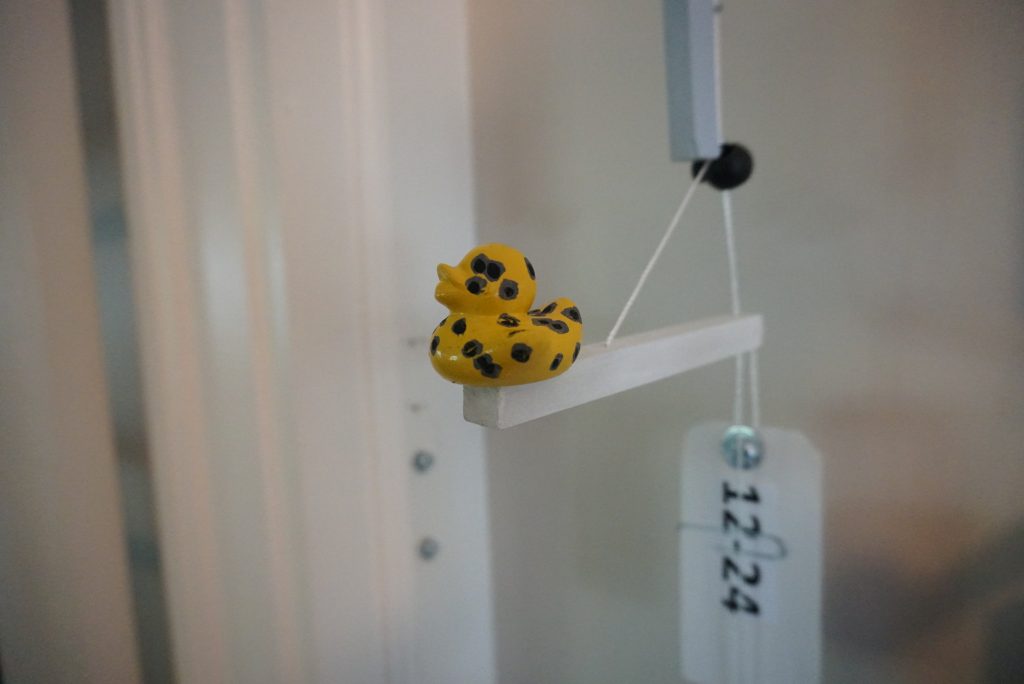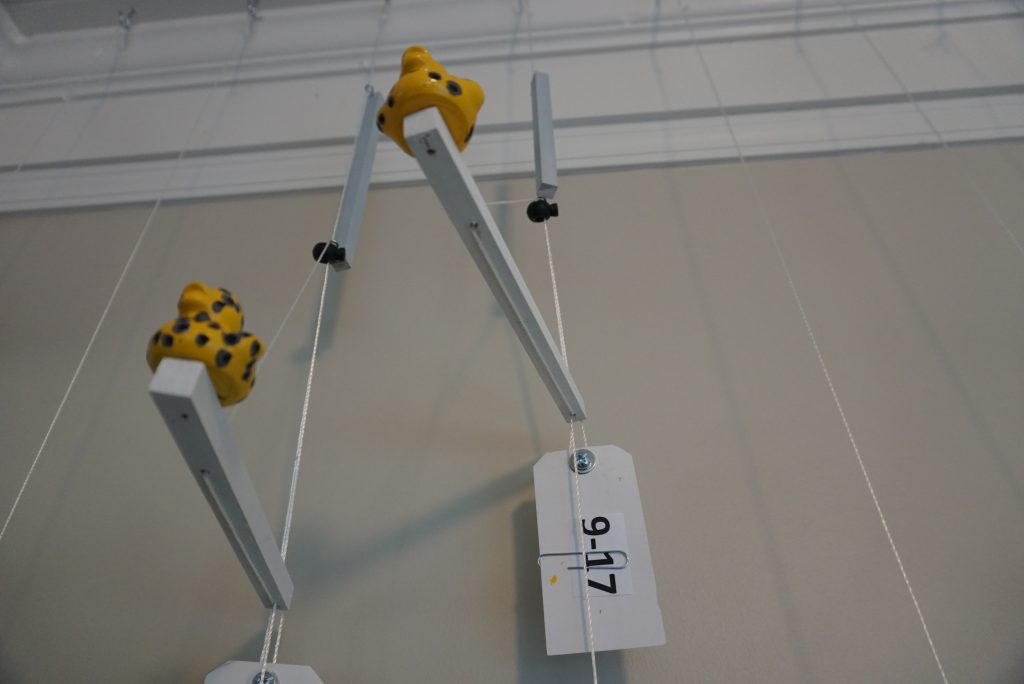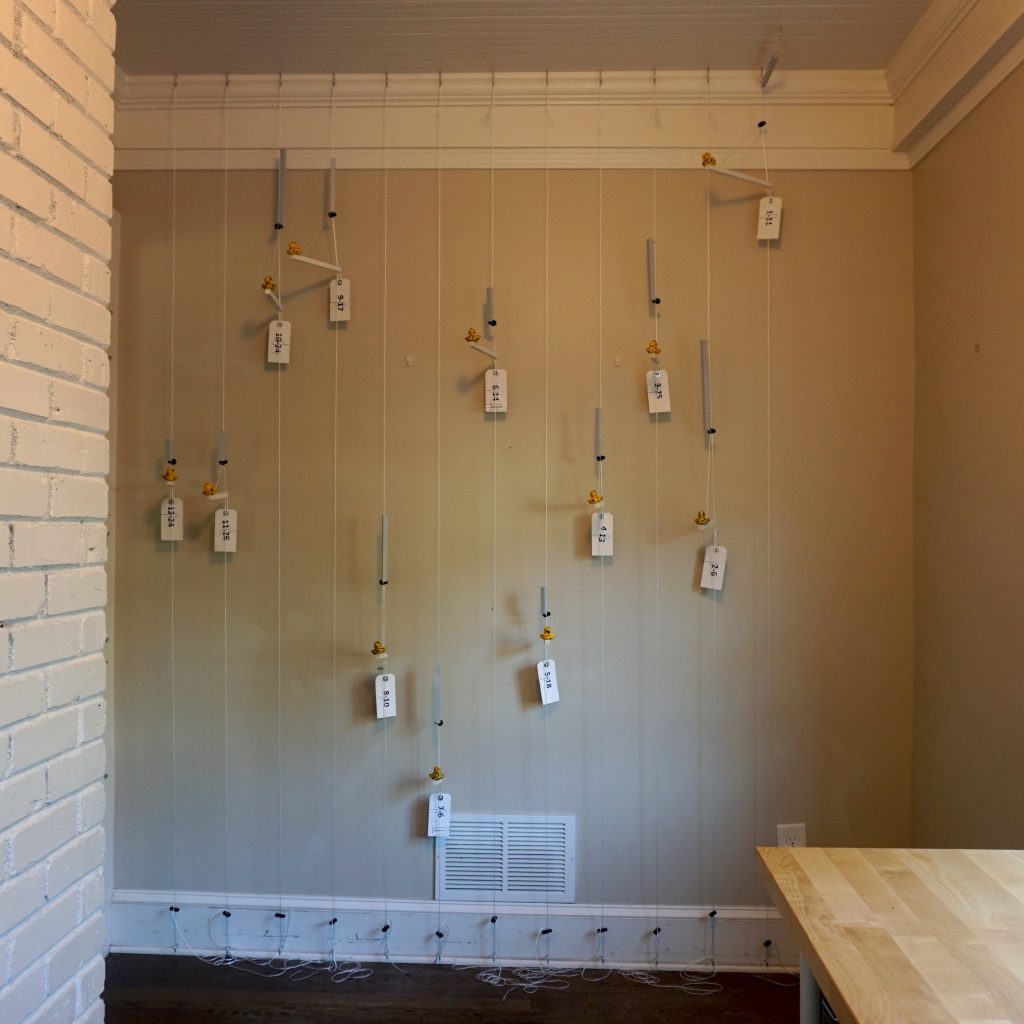In the book Raw Data is an Oxymoron (MIT Press 2013) media theorist Lisa Gitelman argues that “data” and “raw” are incompatible categories. Data are “cooked,” writes Gitelman, echoing science studies scholar Geoffrey Bowker. Whether they emerge from sensors, observers, catalogers or online content creators, data are highly processed. They are marked by human values, assumptions, and even social biases. This insight has shaped much of contemporary discourse on the ethics of data in the humanities and design. The importance of this scholarship notwithstanding, I argue that “raw data” can be understood in another way: as an aesthetic category.
According to cultural and literary theorist Sianne Ngai, aesthetic categories arise when we associate “formal elements or styles” and “subjective feeling-based judgments.” The categories that Ngai writes about, such as “cute,” “interesting,” or “gimmicky” are used to characterize objects in late-capitalist commodity culture that have a specific combination of attributes and affects. For example, cute objects are small, pliable, and regarded with tenderness (or sometimes aggression). Aesthetic categories are normative: they help us to coordinate our sensory experiences and our feelings about them. I argue that the phrase “raw data” is similarly used to characterize things in aesthetic terms. As with other raw materials, such as “raw footage” and “raw meat,” we might accept that data are processed, while also experiencing them in terms of their potential for creating something new: an algorithm, an interface, or the infrastructure for a “smart city.”
I am exploring how data are experienced in a variety of aesthetic forms: raw, dirty, transparent, grotesque or even cute. Such categories are pieces of an overarching aesthetic and ethical framework, through which everything might be judged.


